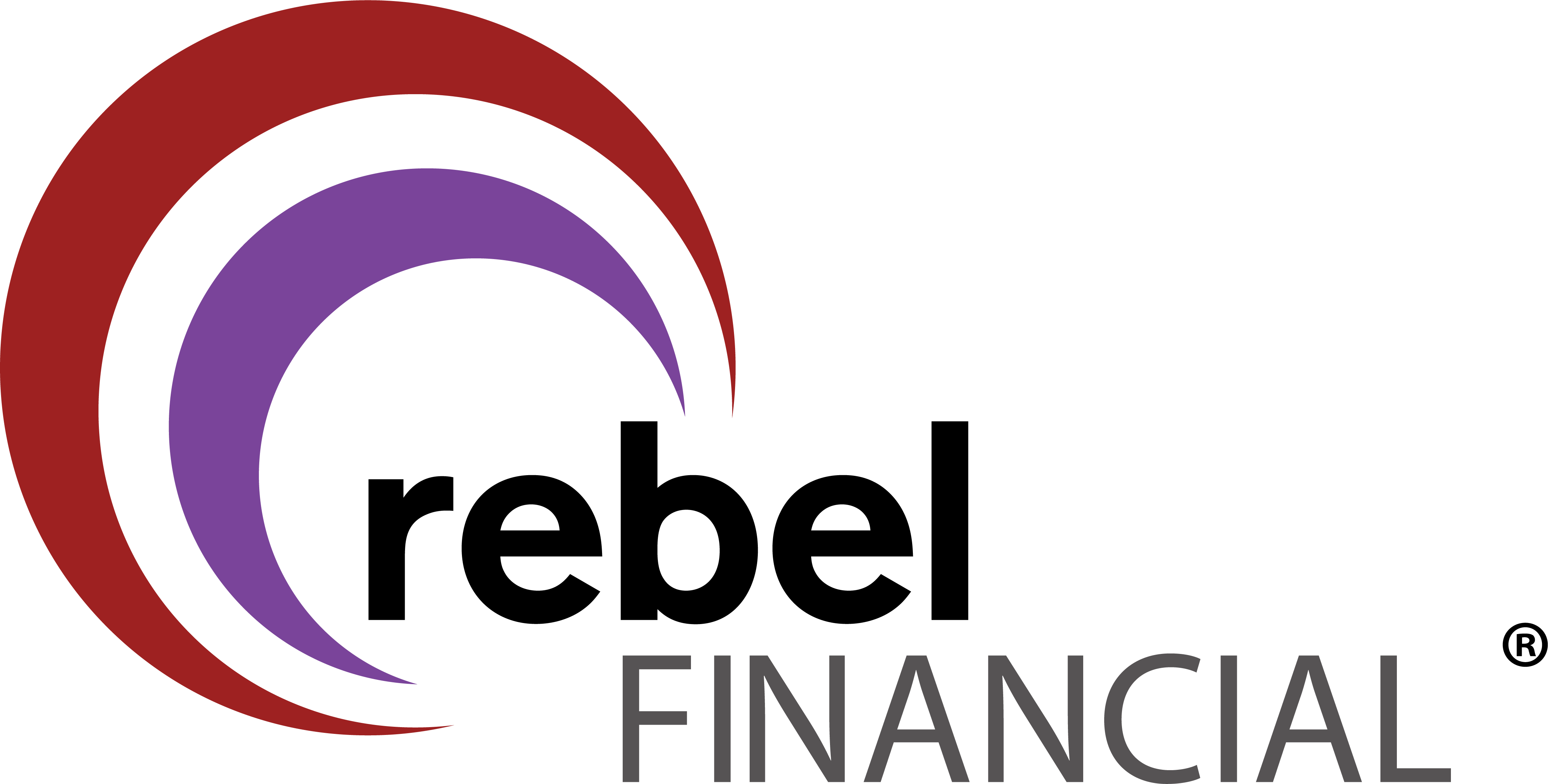The phenomenon known as “style drift” generally occurs when a fund’s manager or management team strays beyond the parameters of the fund’s stated objective in pursuit of better returns. For example, this may occur when a growth fund begins investing significantly in value stocks or when a large-company fund begins investing in the stocks of small and midsized companies. As a result, the fund’s name may not accurately reflect its strategy.
If style drift occurs within the funds held in your portfolio, it could alter your overall risk and return potential, which may influence your ability to effectively pursue your financial goals.
Feeling the Effects
While some fund managers embrace a strategy that provides significant flexibility to help boost returns and indeed, such flexibility often proves quite successful investors need to remember that too much flexibility can also present a threat to their own portfolio’s level of diversification. Investors need to consider their ability to tolerate unexpected changes in pursuit of higher returns.
For example, let us assume an investor allocates her equity investments equally between growth funds and value funds with the hope of managing risk and increasing exposure to different types of opportunities. If the manager of the growth fund begins to invest heavily in value stocks, the investor could end up owning two funds with very similar characteristics and a much greater level of risk than she intended.
Truth in Labeling?
Although most investment companies including those represented in your retirement plan adhere to stringent fund management standards, you may not want to simply judge a book by its cover, so to speak. An occasional portfolio review can help ensure that you remain comfortable with each fund’s management strategy.
For a comprehensive look at each fund and to evaluate its potential role in your portfolio take the time to study its prospectus and annual report to determine how much flexibility the fund manager has in security selection. Also, look carefully at the fund’s holdings to see if they are in line with the stated objective. If you discover something that appears amiss, it may be appropriate to rebalance your portfolio accordingly. If you would like a second opinion, consider seeking the assistance of a qualified financial professional.
